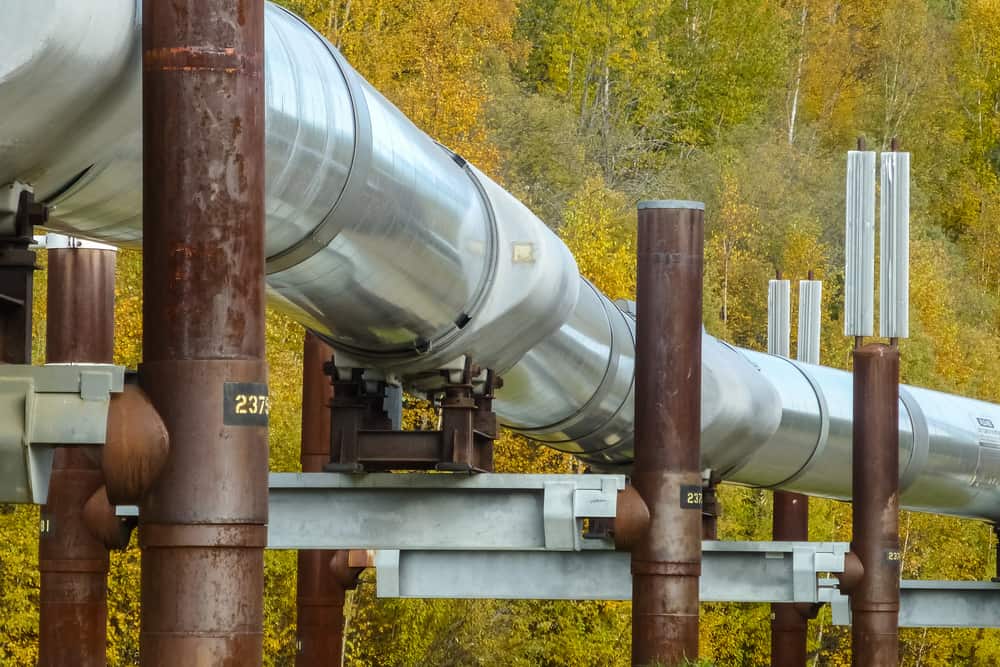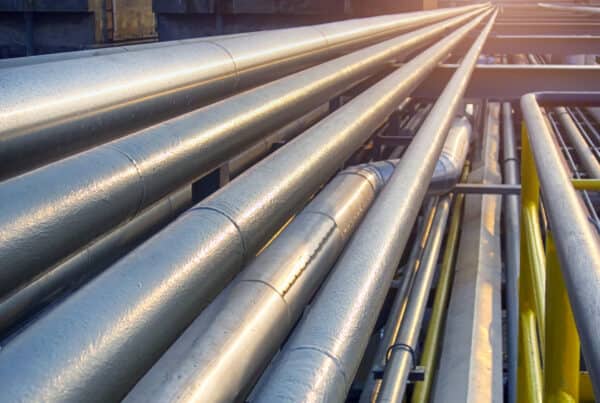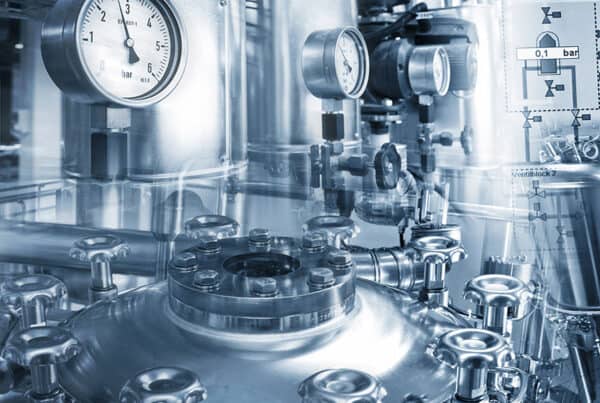
The 1979 Oil Crisis was one of the most trying economic crises of the twentieth century. The crisis was caused by instability and decreased oil production in Iran; its effects doubled crude oil prices and ignited panic buying by oil companies. Gasoline shortages and long lines at the pumps followed. Some argue that consumer hardships were based on fears of a future supply deficit instead of any actual shortage.
Whether perceived or factual, this threat to oil production, coupled with a similar occurrence in 1973, gave credence to the need for one of the greatest ever examples of pipeline welding productivity: the Trans-Alaskan Pipeline. The 48-in (1.134 m) diameter pipeline spans 800 miles (1287.48 km), and it was constructed in only three years and two months—an exceptional timeline considering the harsh external conditions that welders endured.
Unfortunately, all welding projects do not exemplify this level of productivity. Some key factors that influence welding productivity include process, equipment, materials, efficiency, environment, and workforce. Let’s take a look at orbital welding, the best process for bonding pipes, and how this technique can improve pipeline welding productivity.
How to Best Bond Pipe
Feats such as the Trans-Alaskan Pipeline and the Empire State Building, which stood as the world’s tallest building for nearly 40 years, serve as monuments to construction efficiency. Both projects exemplify the astounding results that are obtainable when welding productivity is prioritized.
“The best way to ensure consistency when bonding pipes is to employ an orbital welding process.”
Welding productivity depends on consistently generated high-quality welds. This is especially key when welding tubes and pipes, as there may be tens, hundreds, or—as in the case of some high-spec projects—thousands of welds to create. The best way to ensure consistency when bonding pipes is to employ an orbital welding process.
In addition to an orbital welding process, a good preventive maintenance program is also a key component of welding productivity. Preventative maintenance helps to ensure that the welding process aligns with the job’s welding process specifications.
While orbital welding equipment combined with a preventative maintenance program can eliminate weld inconsistency associated with manual welding, there are strengths and weaknesses to its utilization, as shown in the table below.
| STRENGTHS AND WEAKNESSES OF ORBITAL WELDING |
| Strengths | Attribute | Weaknesses |
| Setup | Orbital welding requires longer setup than manual welding. | |
| TIG welding produces the highest-quality welds for piping. When automated, it exceeds any other process. | Weld quality | |
| Automation of the welding process results in highly reliable weld joints. | Consistency | |
| Speed is process dependent. For example, MIG is faster than TIG; however, TIG produces higher quality results with a lower probability of rejection. | Efficiency | |
| Orbital equipment operation requires far less welding experience and expertise than high-quality manual welding. | Ease of use | |
| Cost | Orbital equipment can be costly; therefore, orbital welding may not be cost-effective for low-spec jobs. |
As shown above, there are distinct advantages to implementing an orbital process for welding pipes. These attributes can be utilized to improve pipeline welding productivity, as discussed in the section below.
Improving Pipeline Welding Productivity with Orbital Techniques
Since its development in the 1960s, orbital welding has been utilized to solve or improve performance and productivity problems in the aerospace, aviation, and energy sectors. Additionally, automated arc welding techniques have proven to be the most reliable methods for consistent and high-quality welds when bonding pipes, tubes and tube-to-tubesheets in industrial facilities. The inherent attributes of orbital welding can be leveraged to improve pipeline welding productivity, yielding the benefits shown below.
The Benefits of Orbital Processes on Pipeline Welding Productivity
- Higher quality welds
Automation and control of the wire-feed, power supply, and weld head movement work to generate consistently high-quality welds.
- Higher efficiency
Orbital welding is faster than manual welding and consistently produces better quality welds.
- Lower costs
For high-spec jobs, orbital welding saves material and labor costs by reducing rewelds and rejects.
- More qualified operators
As technicians with general knowledge can be trained to operate automated orbital equipment, productivity is not affected by issues such as the welder shortage.
Although there are several arc-welding techniques where orbital equipment can be utilized, GTAW or TIG welding is considered the most reliable in producing consistently high-quality welds.
For the best orbital welding equipment and materials in the industry, you should look to Arc Machines, Inc. We’ve supplied the highest-quality, most advanced welding equipment and service for nearly half a century. This includes orbital welding systems to meet the consistency and quality required for optimal pipeline welding productivity. For inquiries regarding products, contact sales@arcmachines.com. For service inquiries, contact service@arcmachines.com. Arc Machines welcomes the opportunity to discuss your specific needs. Contact us to arrange a meeting.




